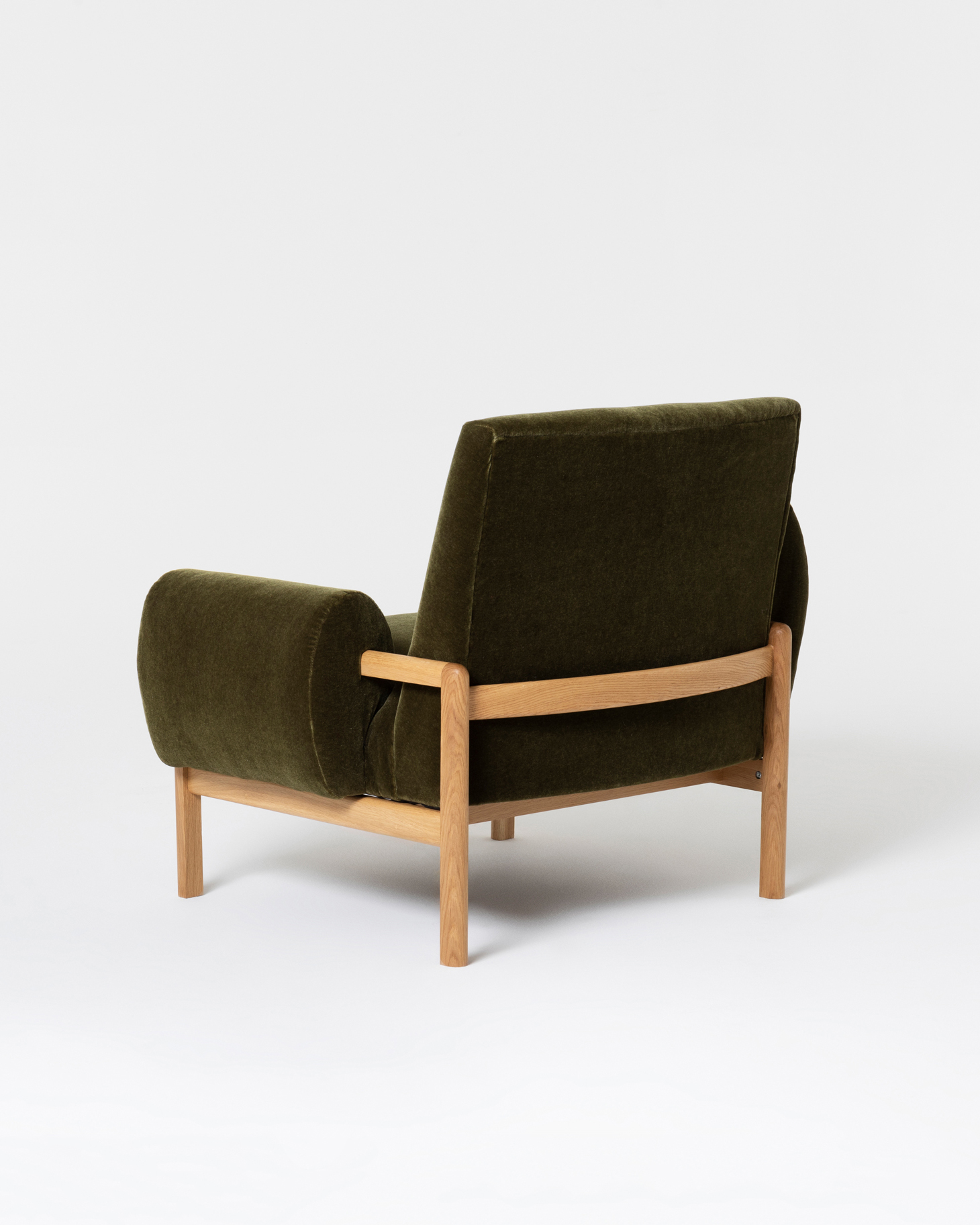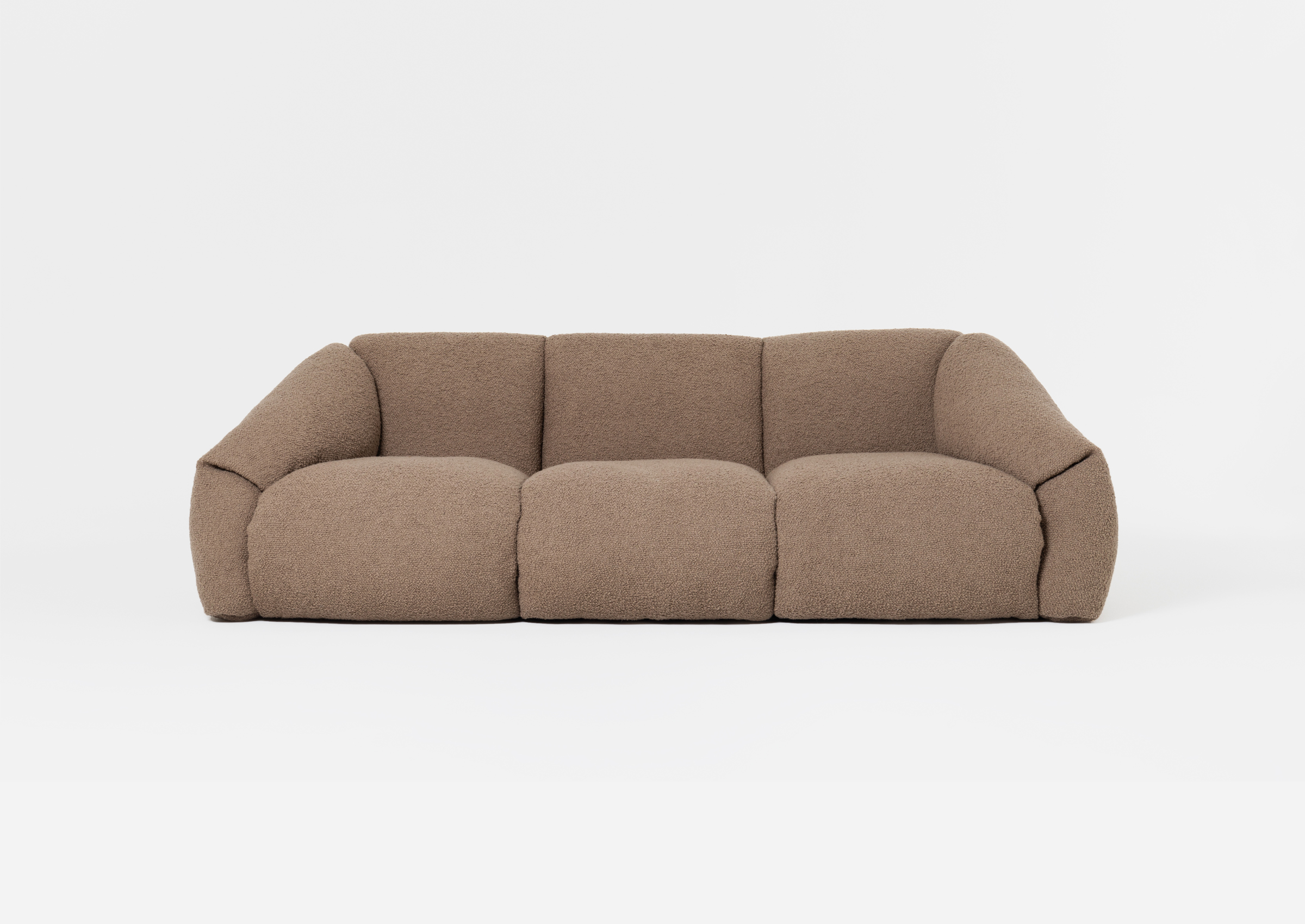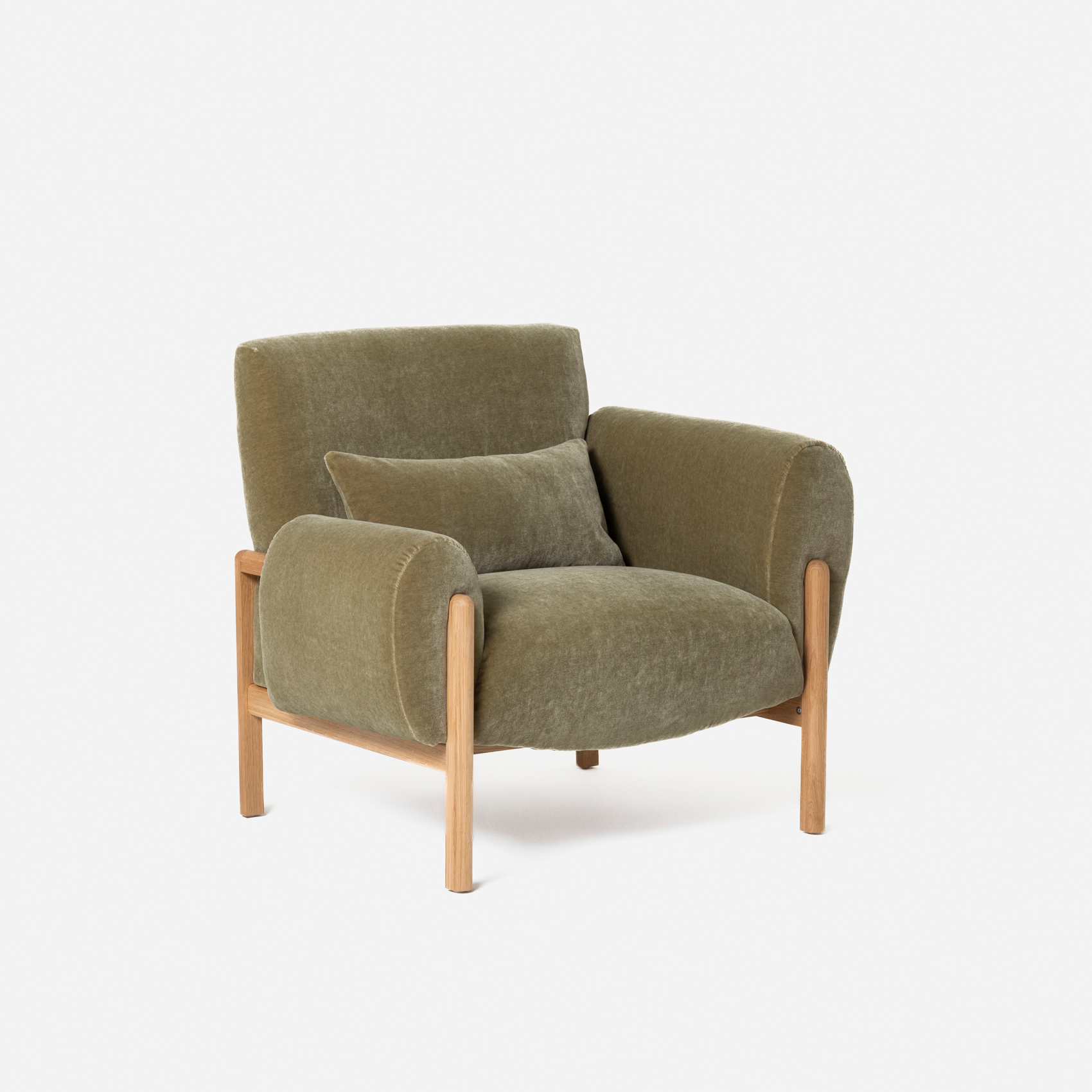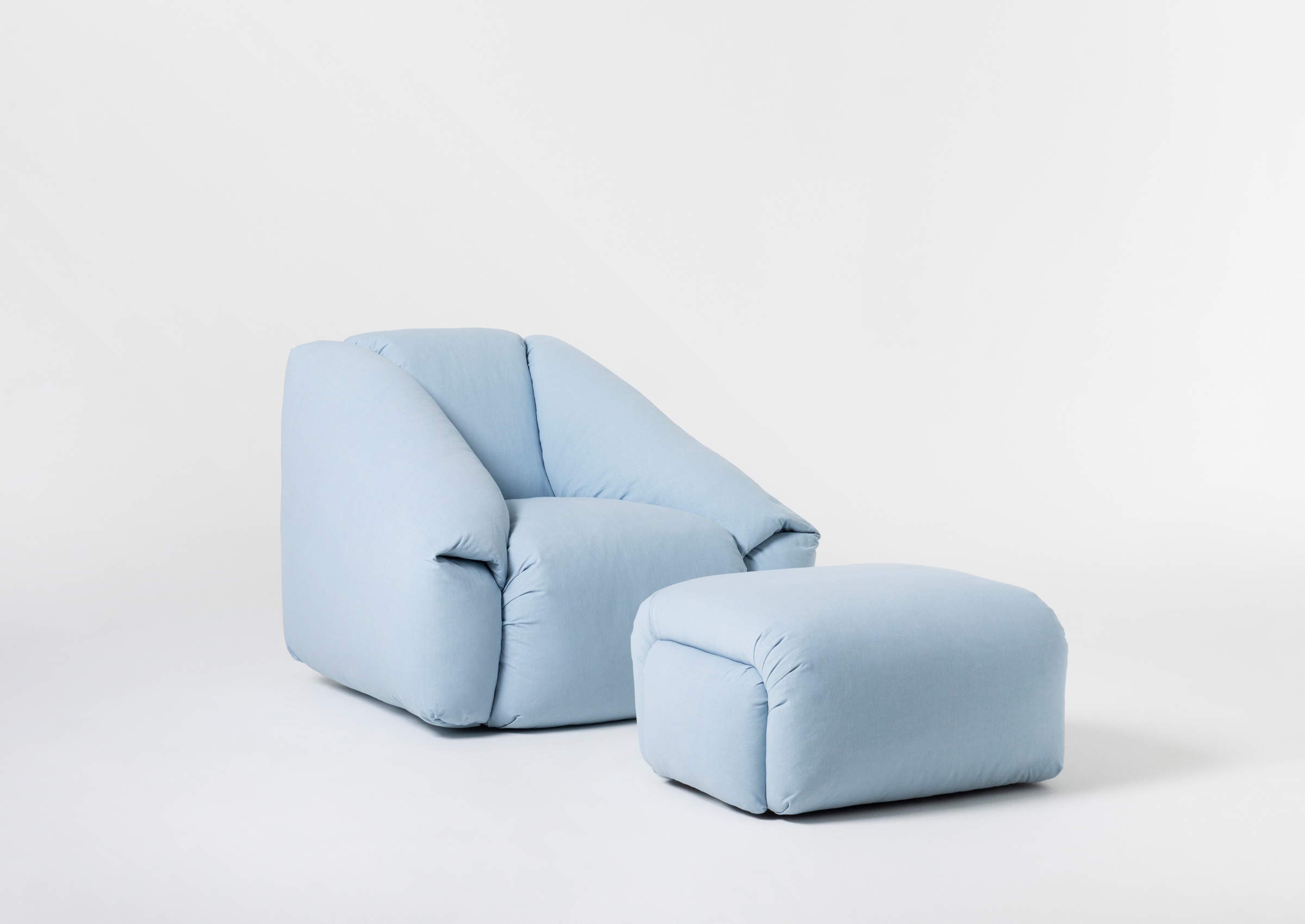-
ON DISPLAY
Element Modular Sofa – Elmore 012 Bouteille
Philippe Malouin
-
IN STOCK
Group Cocktail Chair – Yeti Giboulée
Philippe Malouin
-
Ulrik Stool
Alex Hellum
-
Dover Three-Seat Sofa
Daniel Schofield
-
Macduff Sofa Collection
Donna Wilson
-
Motley Ottoman
Donna Wilson
-
Clapton Armchair
Faudet-Harrison
-
Clapton Three-Seat Sofa
Faudet-Harrison
-
Continuous Armchair
Faudet-Harrison
-
Continuous Chaise
Faudet-Harrison
-
Continuous Sofa Collection
Faudet-Harrison
-
Bruno Armchair
Ilse Crawford & Oscar Peña
-
Side Table Left
Ilse Crawford & Oscar Peña
-
Side Table Right
Ilse Crawford & Oscar Peña
-
Agnes Coffee Table
Kay+Stemmer
-
Agnes Hall Stand
Sarah Kay
-
Agnes High
Kay+Stemmer
-
Agnes Long
Kay+Stemmer
-
Agnes Medium
Kay+Stemmer
-
Agnes Mirror Large
Kay+Stemmer
-
Agnes Mirror Small
Kay+Stemmer
-
Agnes Side Table
Kay+Stemmer
-
European Walnut
Agnes Wall Mounted Shelf
Kay+Stemmer
-
Cedric Desk
Kay+Stemmer
-
Calvo Side Table
Lee Kirkbride
-
Tepee Armchair
Lucy Kurrein
-
Tepee Sofa Collection
Lucy Kurrein
-
Ada Armchair
Matthew Hilton
-
Balzac Armchair
Matthew Hilton
-
Balzac Ottoman
Matthew Hilton
-
Balzac Three-Seat Sofa
Matthew Hilton
-
Balzac Two-Seat Sofa
Matthew Hilton
-
Baude Armchair
Matthew Hilton
-
Baude Sofa Collection
Matthew Hilton
-
Beam Coffee Table – Rectangle
Matthew Hilton
-
Beam Coffee Table – Square
Matthew Hilton
-
Cooper Side Table
Matthew Hilton
-
Ewelina Reclining Armchair
Matthew Hilton
-
Oscar Armchair
Matthew Hilton
-
Oscar Bed
Matthew Hilton
-
Oscar Chaise Lounge
Matthew Hilton
-
Oscar Daybed
Matthew Hilton
-
Oscar Formal Sofa Collection
Matthew Hilton
-
Oscar Ottoman
Matthew Hilton
-
Oscar Standard Sofa Collection
Matthew Hilton
-
Wing Armchair
Matthew Hilton
-
Kvara Side Table
Oscar Coakley
-
Barrel Coffee Table
Philippe Malouin
-
Barrel Side table
Philippe Malouin
-
Element Sofa System
Philippe Malouin
-
Formal Group Armchair
Philippe Malouin
-
Formal Group Sofa Collection
Philippe Malouin
-
Group Armchair
Philippe Malouin
-
Group Bed
Philippe Malouin
-
Group Chaise - Phlox 243 Fabric
Group Chaise
Philippe Malouin
-
Group Cocktail Chair
Philippe Malouin
-
Puffer Armchair
Philippe Malouin
-
Puffer Footstool
Philippe Malouin
-
Puffer Sofa Collection
Philippe Malouin
-
Topper Armchair
Philippe Malouin
-
Standard Group Sofa Collection
Philippe Malouin
-
black legs - oak armrests - kvadrat coda 0103 fabric
Orlando Armchair
Reiko Kaneko
-
Quick Step
Sarah Kay
-
Lansdowne Sofa Collection
Terence Woodgate
-
On Edge Side Table
Terence Woodgate
-
Woodgate Sectional Sofa
Terence Woodgate
-
Woodgate Sofa Collection
Terence Woodgate
-
Peonia Sofa Collection
Wilkinson & Rivera
SCP
Among the design cognoscenti, the letters SCP stand for quintessential British modernity and unimpeachable quality. For more than three decades the blue chip design brand has bought personality and consistency to the industry, presenting groundbreaking collections of authentic, cutting-edge contemporary design.
Read More
From the beginning, SCP’s founder Sheridan Coakley possessed bellwether instincts for emerging talent and changing consumer behavior. SCP’s first iteration, in 1985, was within a converted mattress factory in then-ungentrified area of Shoreditch, London. Both a manufacturer and retail space in London’s traditional furniture center of Curtain Road, SCP launched with a collection by Philippe Starck, who, at that time, was an unknown name in Britain. During its second year, SCP began producing designs for Brits Jasper Morrison and Matthew Hilton, launching the former’s seminal Bow Shelves at the 1986 Milan Furniture Fair.
The company’s first breakout success story could be considered Hilton’s Balzac Chair. Released in 1993 and snapped up by International design tastemaker Terence Conran for The Conran Shop, the piece solidified SCP’s reputation as an industry trendsetter, going on to sell over 5,000 pieces, making it the most manufactured piece in the company's history.
Today, SCP sells and manufactures a remarkable range of contemporary design – spanning SCP furniture, textiles, ceramics and SCP lighting. Within the company’s ever-evolving stable is the work of more than 200 contemporary designers including Rich Brilliant Willing, Konstantin Grcic, Peter Marigold, PearsonLoyd, Reiko Kaneko and Lucy Kurrein. Part of SCP’s success is its instincts for identifying emerging design talent, with a reputation as one of the industry’s most reliable incubators.
In time, many of SCP designs – which have maintained their groundbreaking style and manufacturing technique – have come to be considered modern day classics. In this spirit, the company launched the Classic Collection in 2015, celebrating the 30th anniversary of the brand’s introduction. The collection included 14 redesigns of original pieces by names such as
Matthew Hilton, James Irvine, Michael Marriot and Terrance Woodgate. An accompanying exhibition at the London Design Museum and monograph both accompanied the launch, each further testaments to the company’s longevity and present-day relevance.
Download Tearsheet
From the beginning, SCP’s founder Sheridan Coakley possessed bellwether instincts for emerging talent and changing consumer behavior. SCP’s first iteration, in 1985, was within a converted mattress factory in then-ungentrified area of Shoreditch, London. Both a manufacturer and retail space in London’s traditional furniture center of Curtain Road, SCP launched with a collection by Philippe Starck, who, at that time, was an unknown name in Britain. During its second year, SCP began producing designs for Brits Jasper Morrison and Matthew Hilton, launching the former’s seminal Bow Shelves at the 1986 Milan Furniture Fair.
The company’s first breakout success story could be considered Hilton’s Balzac Chair. Released in 1993 and snapped up by International design tastemaker Terence Conran for The Conran Shop, the piece solidified SCP’s reputation as an industry trendsetter, going on to sell over 5,000 pieces, making it the most manufactured piece in the company's history.
Today, SCP sells and manufactures a remarkable range of contemporary design – spanning SCP furniture, textiles, ceramics and SCP lighting. Within the company’s ever-evolving stable is the work of more than 200 contemporary designers including Rich Brilliant Willing, Konstantin Grcic, Peter Marigold, PearsonLoyd, Reiko Kaneko and Lucy Kurrein. Part of SCP’s success is its instincts for identifying emerging design talent, with a reputation as one of the industry’s most reliable incubators.
In time, many of SCP designs – which have maintained their groundbreaking style and manufacturing technique – have come to be considered modern day classics. In this spirit, the company launched the Classic Collection in 2015, celebrating the 30th anniversary of the brand’s introduction. The collection included 14 redesigns of original pieces by names such as
Matthew Hilton, James Irvine, Michael Marriot and Terrance Woodgate. An accompanying exhibition at the London Design Museum and monograph both accompanied the launch, each further testaments to the company’s longevity and present-day relevance.
Selected Exhibitions
New in New York Exhibition
New in New York
Karl Zahn, Rafi Ajl, Sophie Dries, Sophie Lou Jacobsen, Ben & Aja Blanc, Chris Wolston, Floris Wubben, Ian Collings, Jane Yang-D'Haene, John Hogan, Kristin Victoria Barron, Laurids Gallée, MyungJin Kim & Vikram Goyal
January 30 - April 14, 2025
C.V.
Exhibitions
2025 “New in New York” – The Future Perfect, New York, NY
2022 “Launch of the Goldwyn House” – The Future Perfect, Los Angeles, CA
2019 “Casa Perfect New York” – The Future Perfect, New York, NY







